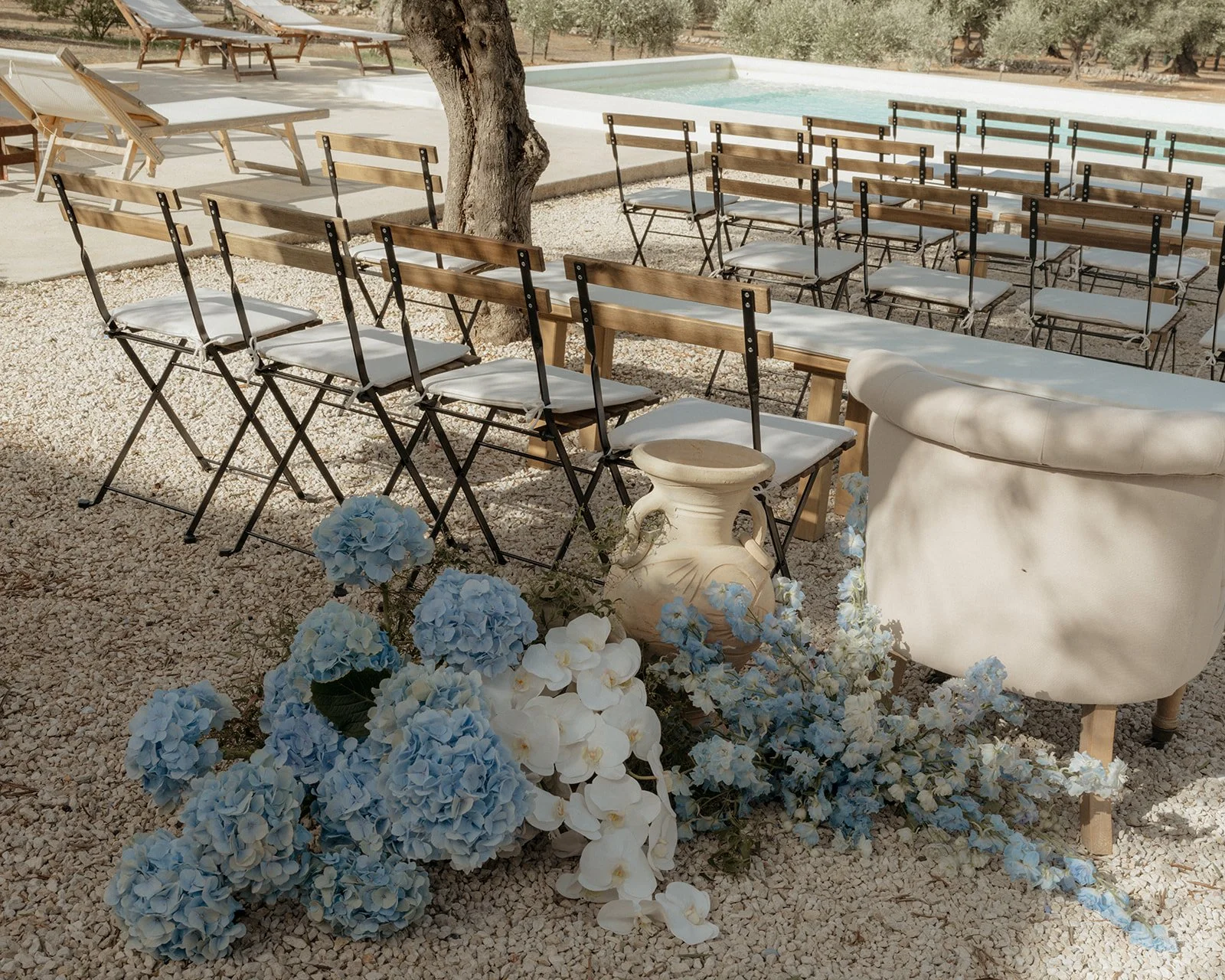
Ceremony location at Masseria Moroseta
When planning a wedding, couples often get caught up in choosing the perfect dress, the most exquisite flowers, and the best cuisine. While these elements are undeniably important, there’s another crucial factor that significantly impacts the beauty of your wedding photos: natural light. As a wedding photographer with a candid, storytelling approach, I can attest to the transformative power of natural light in capturing the essence of your special day. This blog will explore the importance of natural light at your wedding venue, with a special focus on getting ready spaces and how wall colors can influence your photos.
Natural Light: The Key to Stunning Wedding Photos
Natural light is the gold standard in photography. Unlike artificial light, natural light provides a soft, even illumination that enhances the subject’s features, creating beautiful, timeless images. Here’s why natural light is essential for wedding photography:
-
Flattering Illumination: Natural light is inherently flattering. It creates a soft, diffused glow that smooths out imperfections and brings out the best in skin tones. This kind of light is especially important for close-up shots and portraits, where you want every detail to shine.
-
True Colors: Natural light ensures that the colors in your photos are accurate and vibrant. Artificial lighting can often cast unwanted hues on the subject, making skin tones look unnatural. With natural light, the true colors of your dress, flowers, and décor are preserved.
-
Mood and Atmosphere: Natural light adds an organic, romantic feel to your photos. Whether it’s the golden hour glow or the gentle light filtering through a window, natural light can set the mood and create an atmosphere that enhances the storytelling aspect of your wedding album.
The Significance of Natural Light in Getting Ready Spaces
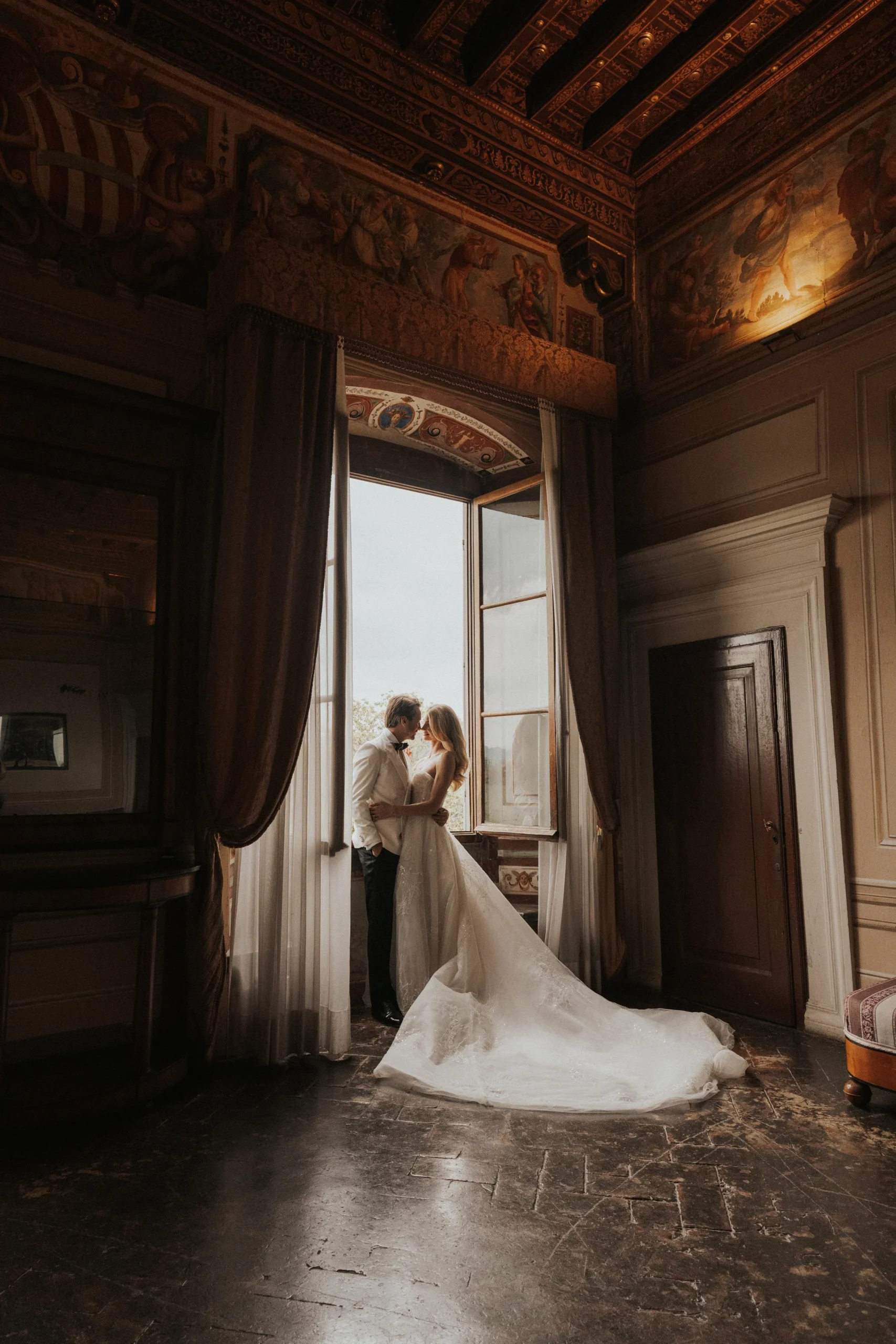
large natural light windows for Getting Ready area at Villa Corsini
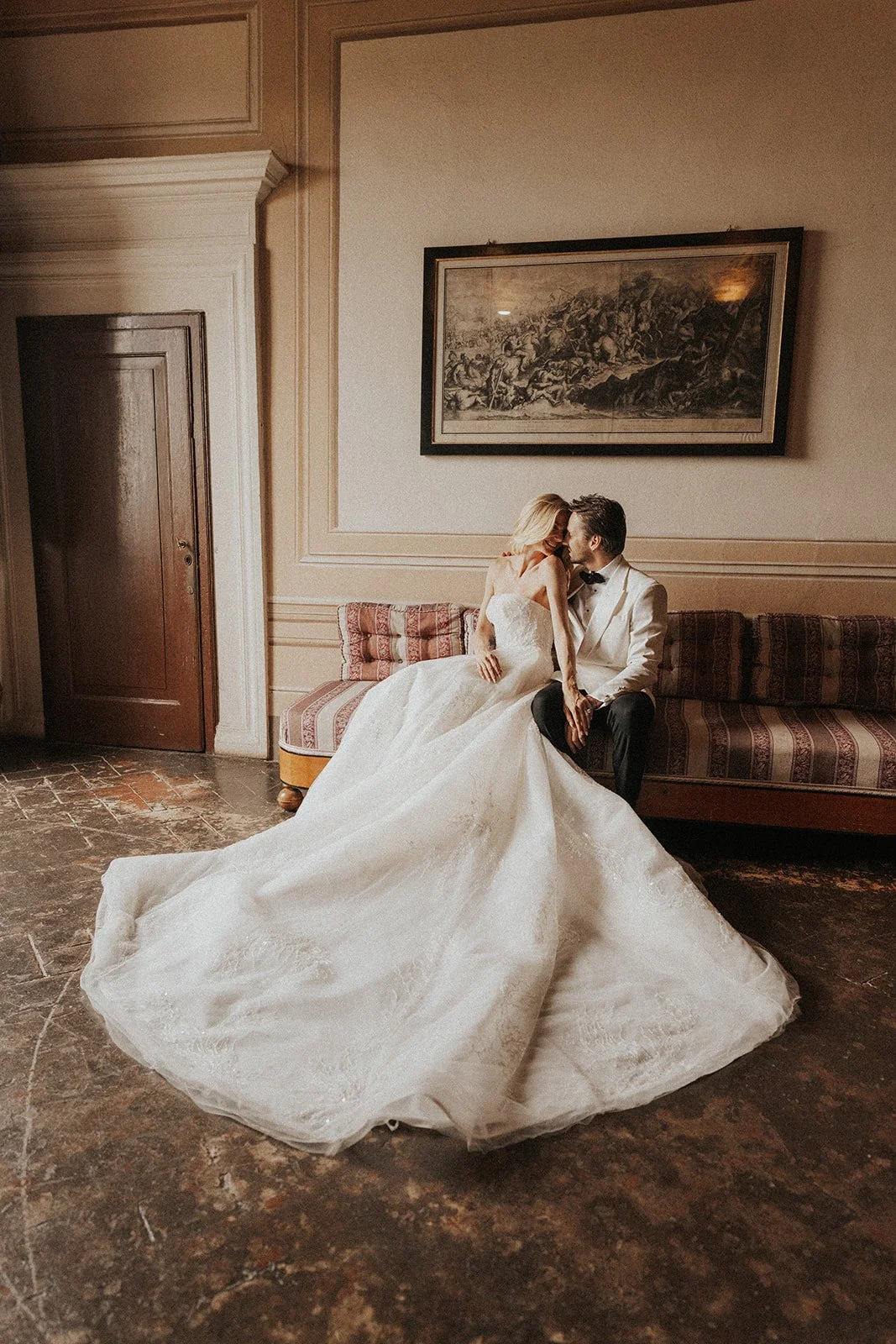
The getting-ready part of your wedding day is filled with intimate, emotional moments. These are the moments where nerves, excitement, and joy are all palpable, and capturing them authentically is crucial. The quality of light in these spaces can make a significant difference in the final images.
-
Capturing Emotion: The soft, natural light in a getting-ready space allows for the subtle capture of emotions – the laughter, the tears, the nervous glances. This kind of light highlights the natural beauty of these moments without harsh shadows or highlights.
-
Detailed Shots: From close-ups of the intricate details of your dress and jewelry to the candid moments of you and your bridal party, natural light ensures that all these details are captured in their best form. The soft illumination brings out textures and colors in a way that artificial light cannot.
-
Timeless Quality: Photos taken in natural light have a timeless quality to them. They don’t look overly stylized or dated, which means they will age beautifully and remain cherished keepsakes for years to come.
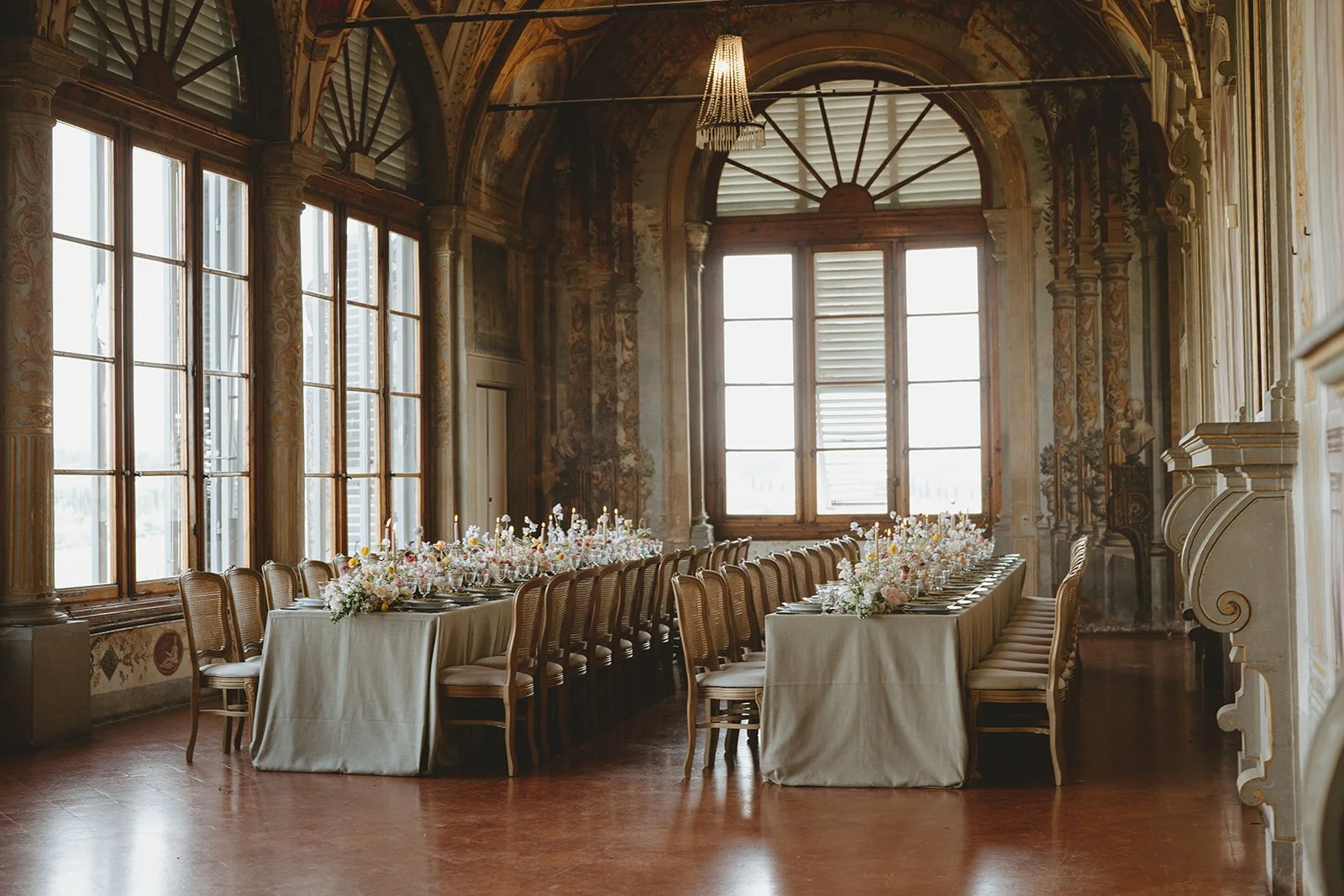
Large windows with lots of Natural light at Villa Corsini
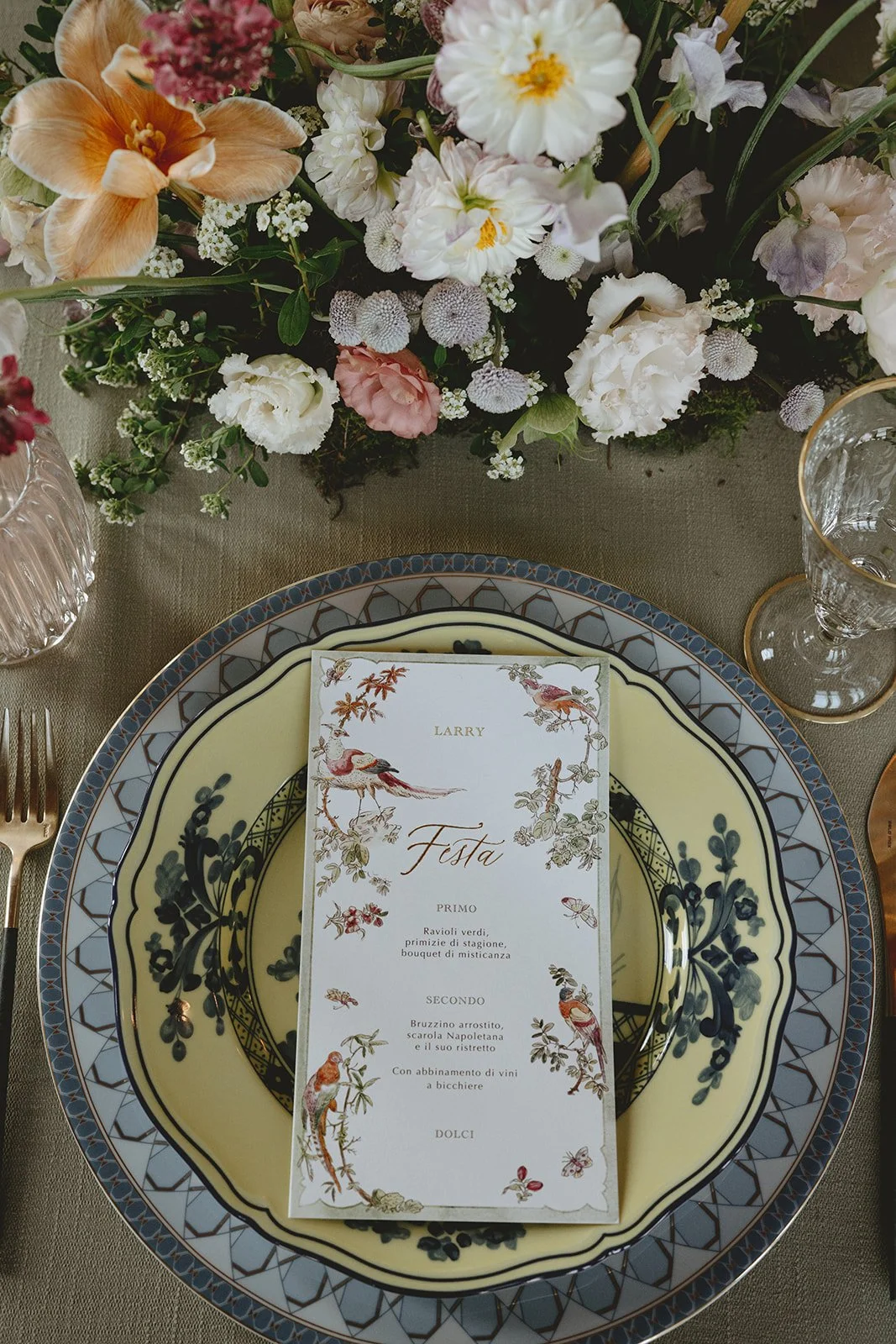
Natural light use for photographing details- Although it was cloudy outside, the daylight was still enough to capture details without the use of flash.
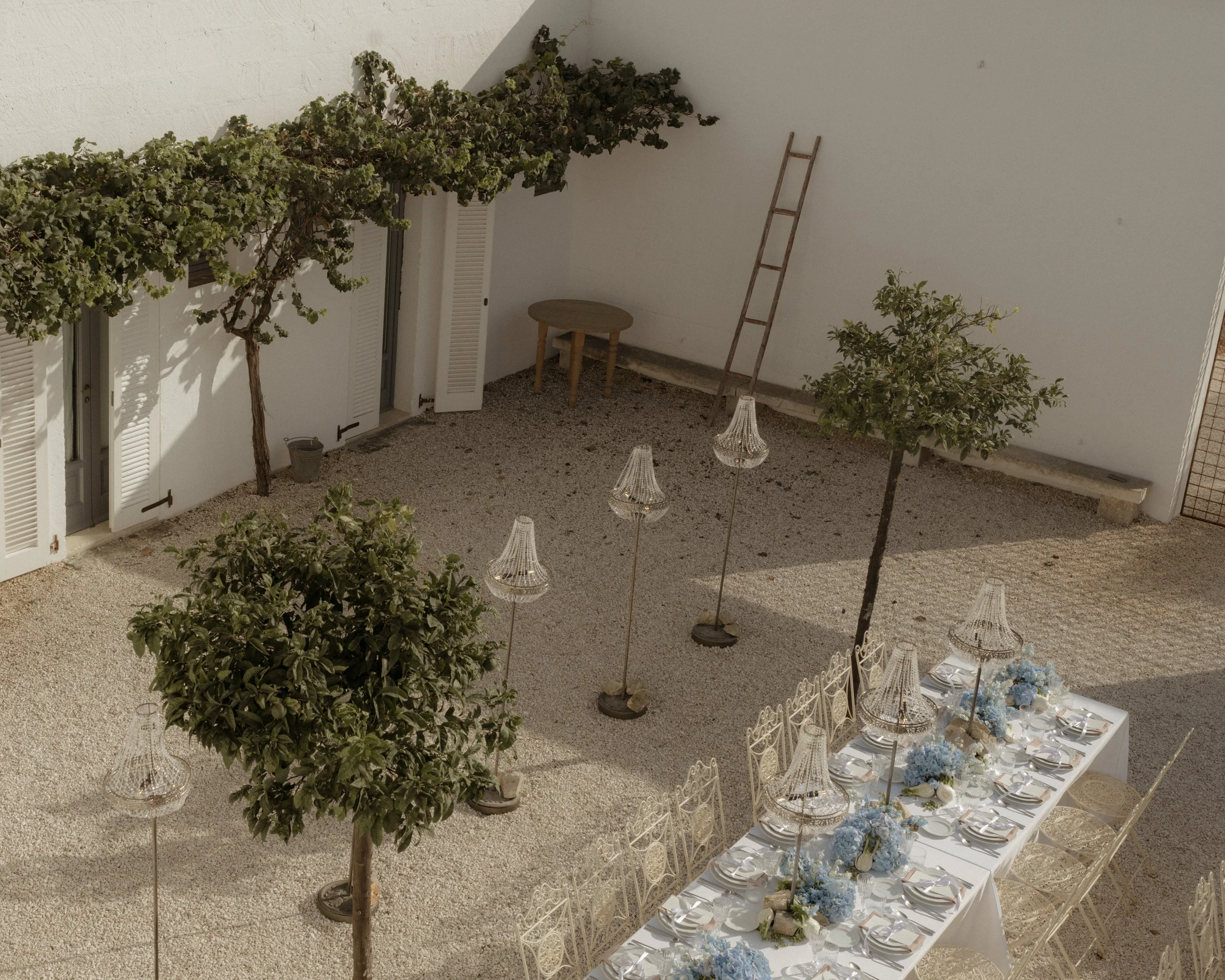
Al Fresco dining at Masseria Moroseta
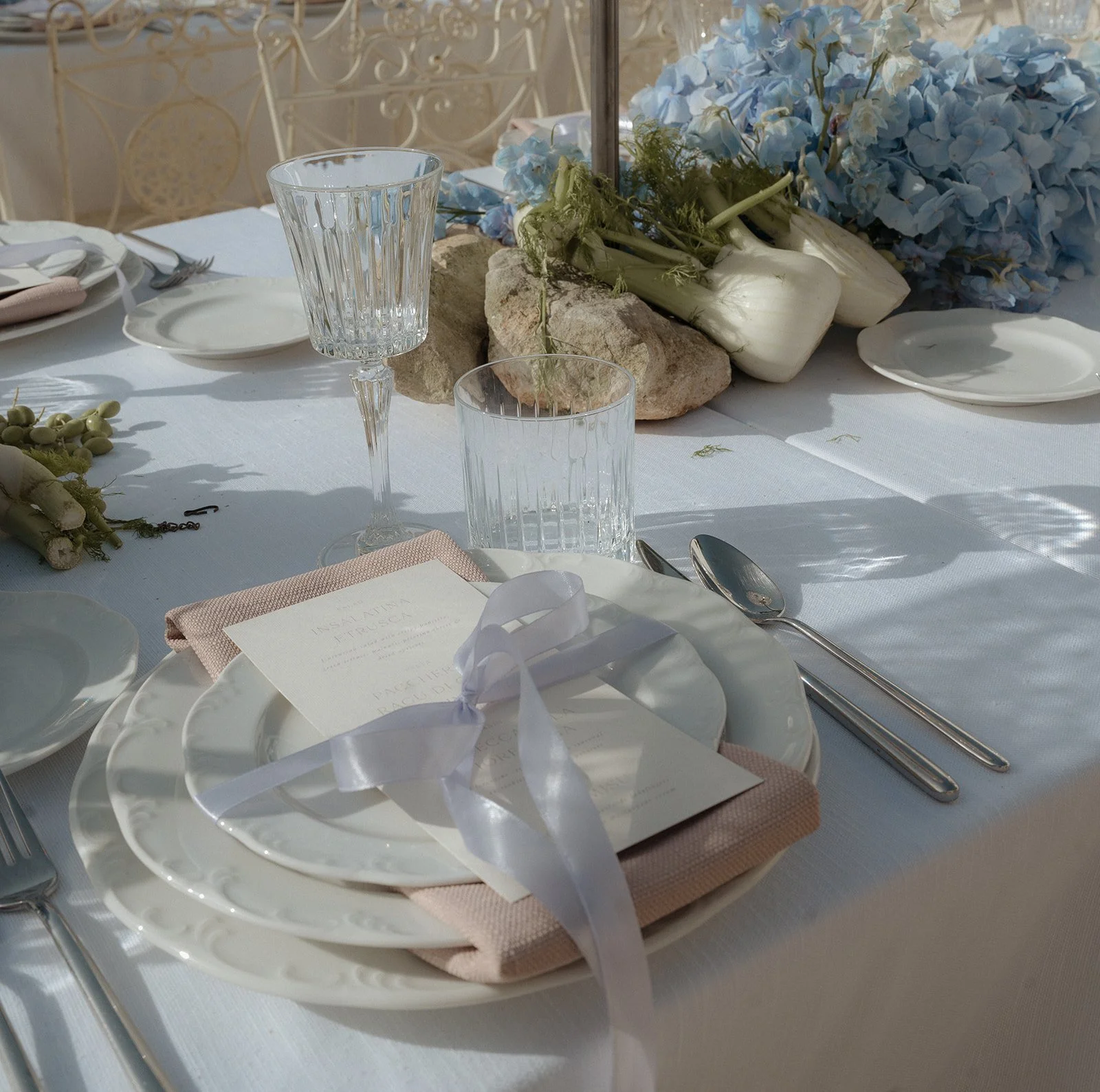
Natural light on close up details
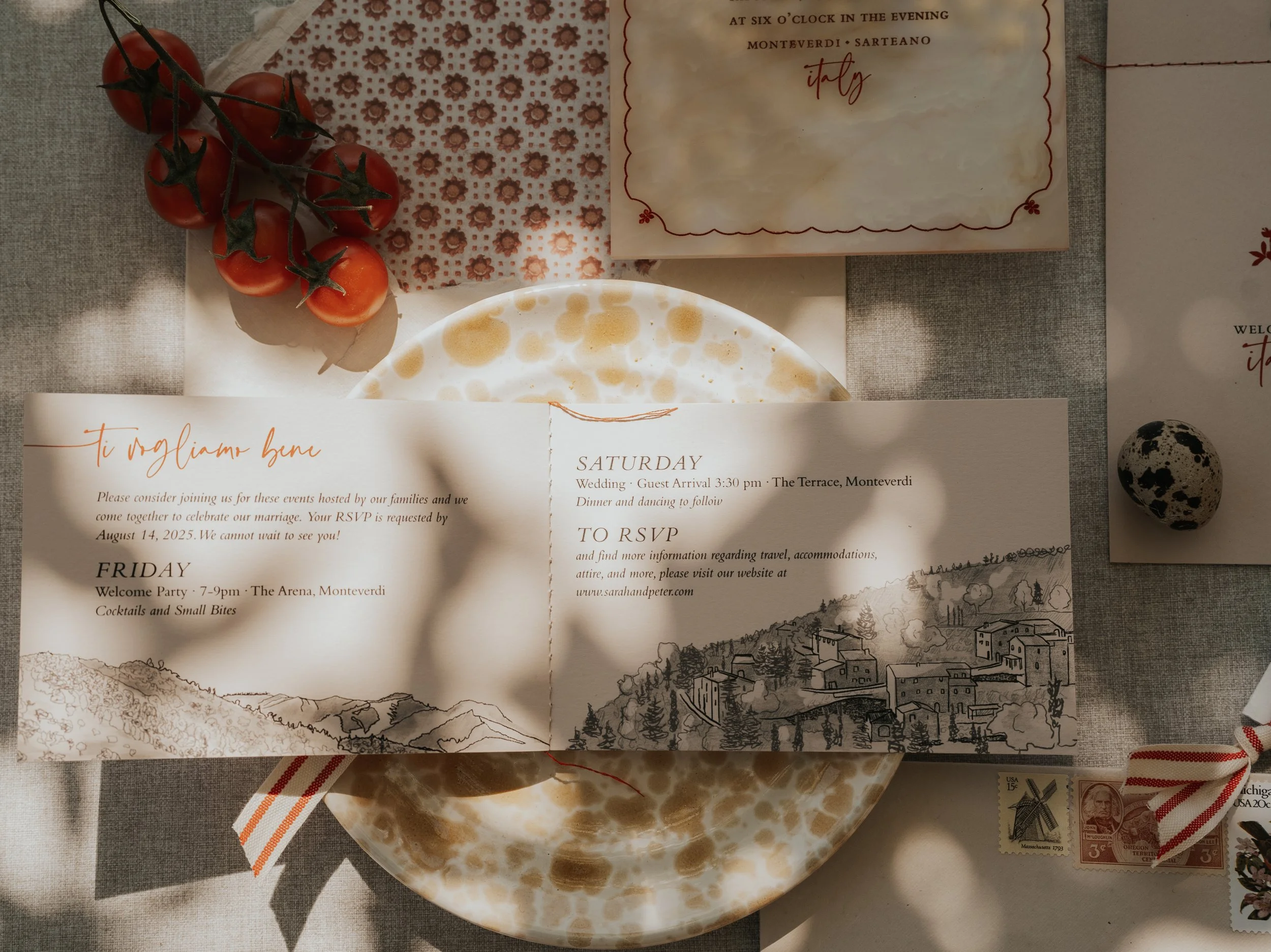
Natural Light and shadows create more interest and depth in a photo
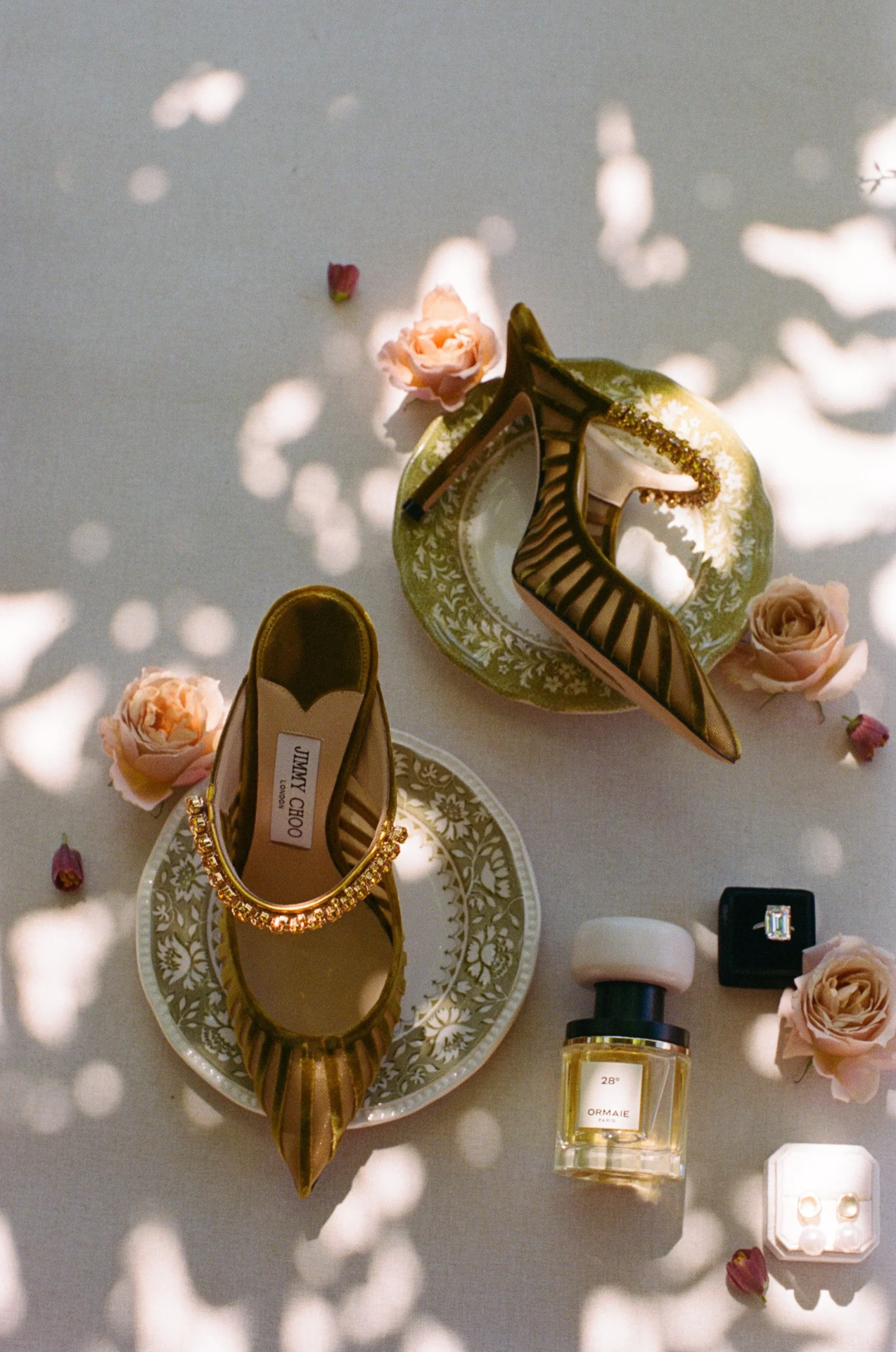
Natural light and shadows to create more depth and interest
The Impact of Wall Colors on Photography
While natural light is a game-changer, the color of the walls in your venue and getting-ready spaces also plays a critical role in the quality of your photos. Here’s why:
-
Reflection and Bounce: Walls act as natural reflectors. Light bounces off the walls and fills the room, affecting the overall lighting quality. Neutral-colored walls (white, beige, light gray) reflect light evenly and create a balanced, flattering illumination. In contrast, brightly colored or dark walls can absorb light or cast color tints onto the subject, which can be challenging to correct in post-processing.
-
Color Casts: Bold or dark wall colors can cast unwanted hues onto your skin and attire. For instance, red walls might give a warm, reddish tint, while blue walls can create a cooler, bluish cast. These color casts can be difficult to correct without affecting the overall look of the photo.
-
Editing Challenges: The more neutral the wall colors, the easier it is to edit the photos. Neutral tones ensure that skin tones and other colors remain true to life, reducing the need for extensive color correction. This allows your photographer to focus on enhancing the natural beauty of the images rather than fixing color issues. Busy wallpaper or textures can also be very distracting from you as the main subject.
Practical Tips for Making the Most of Natural Light and Wall Colors
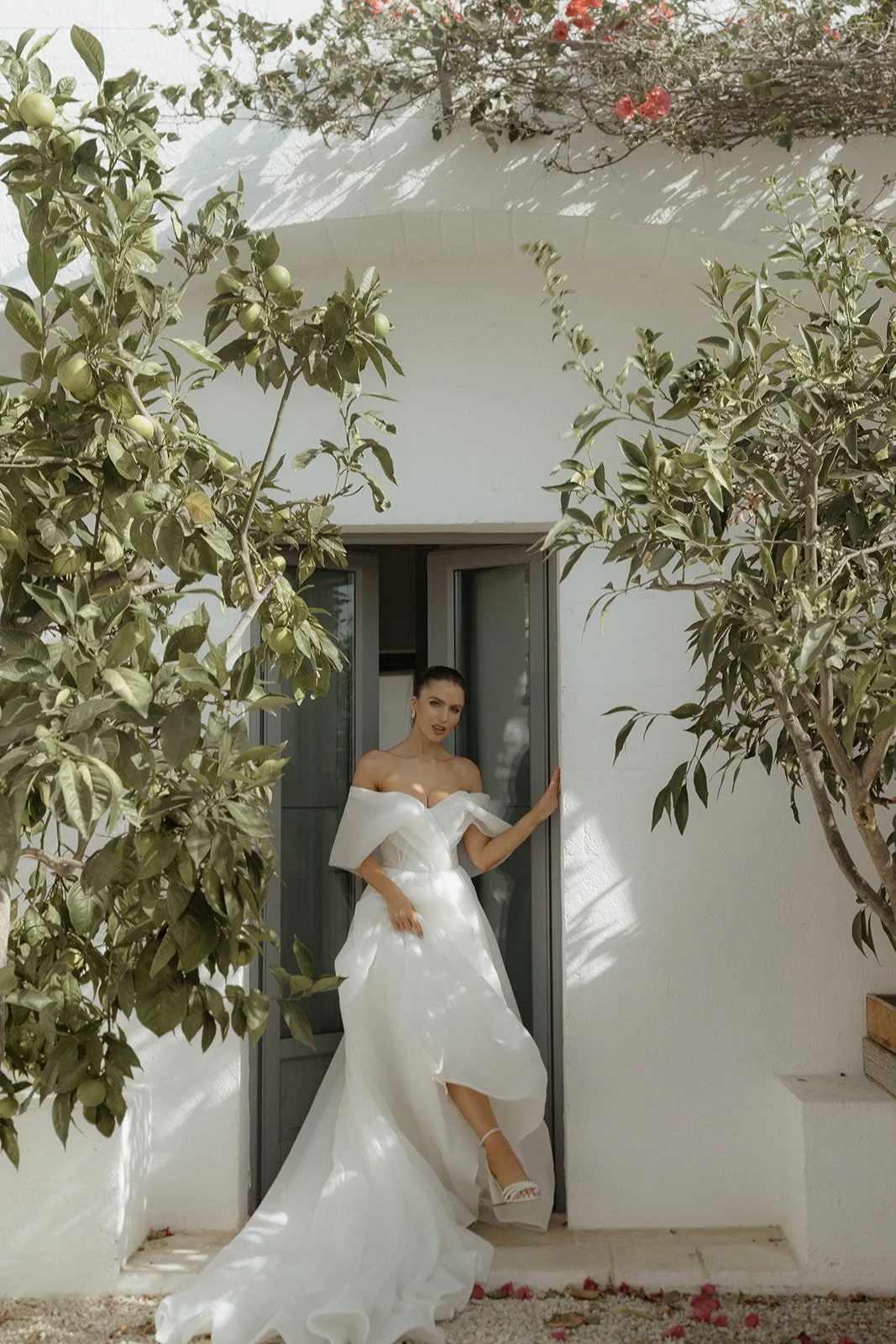
Getting ready photos at Masseria Moroseta in natural light
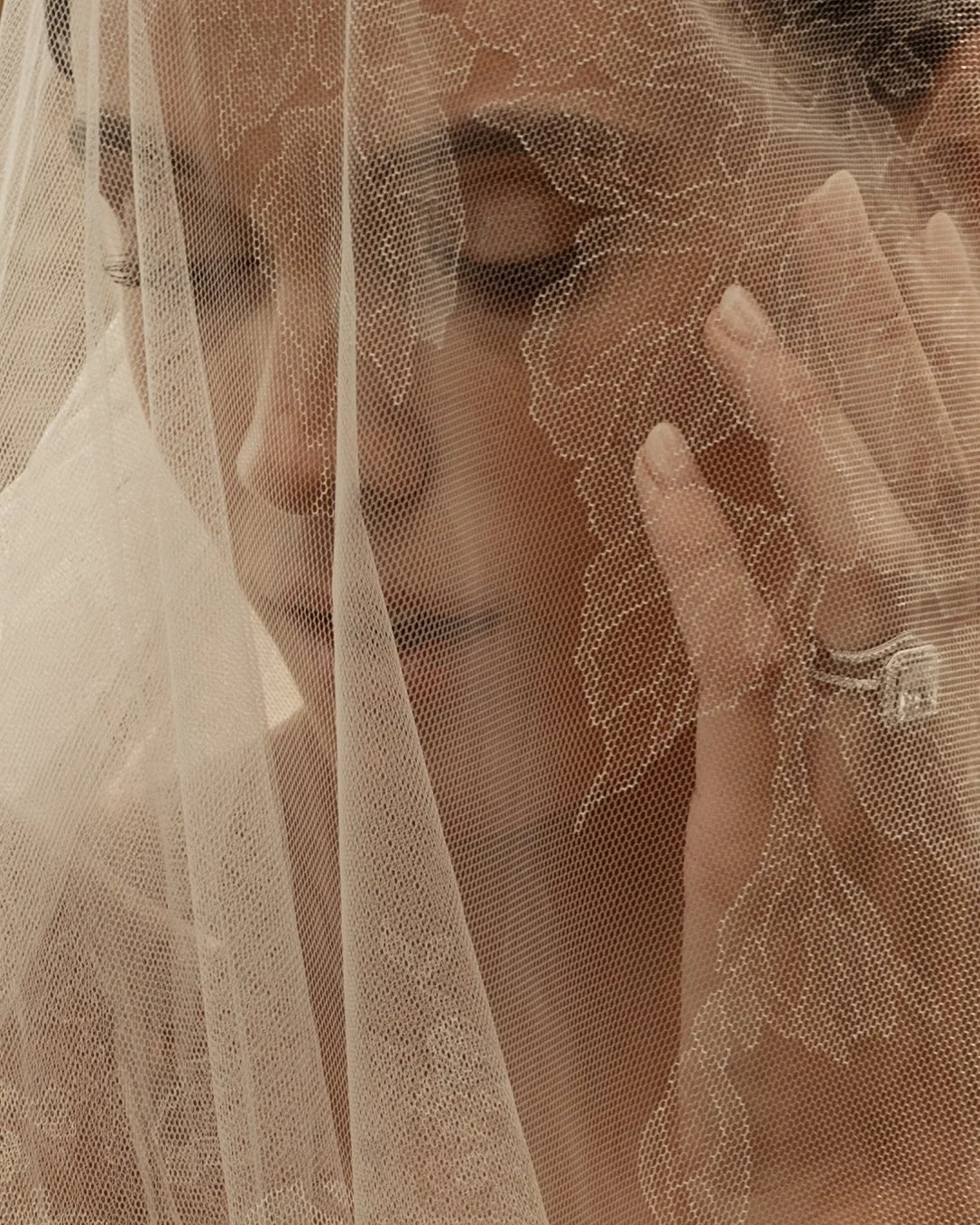
bridal portrait photo using natural light
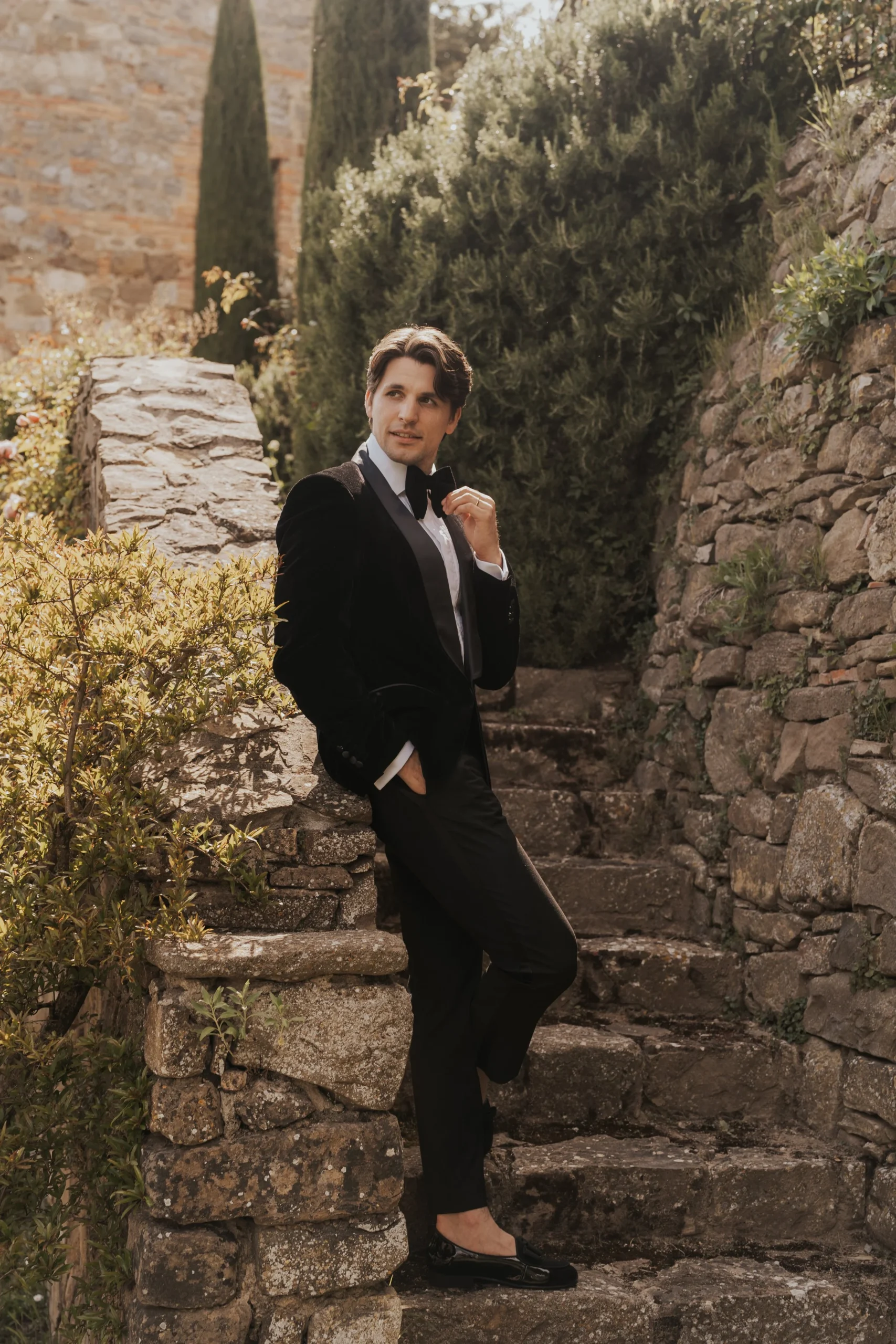
– Location scouted prior to find the best natural light for Groom portraits
To ensure your wedding photos are as beautiful as possible, consider the following tips when choosing and preparing your venue:
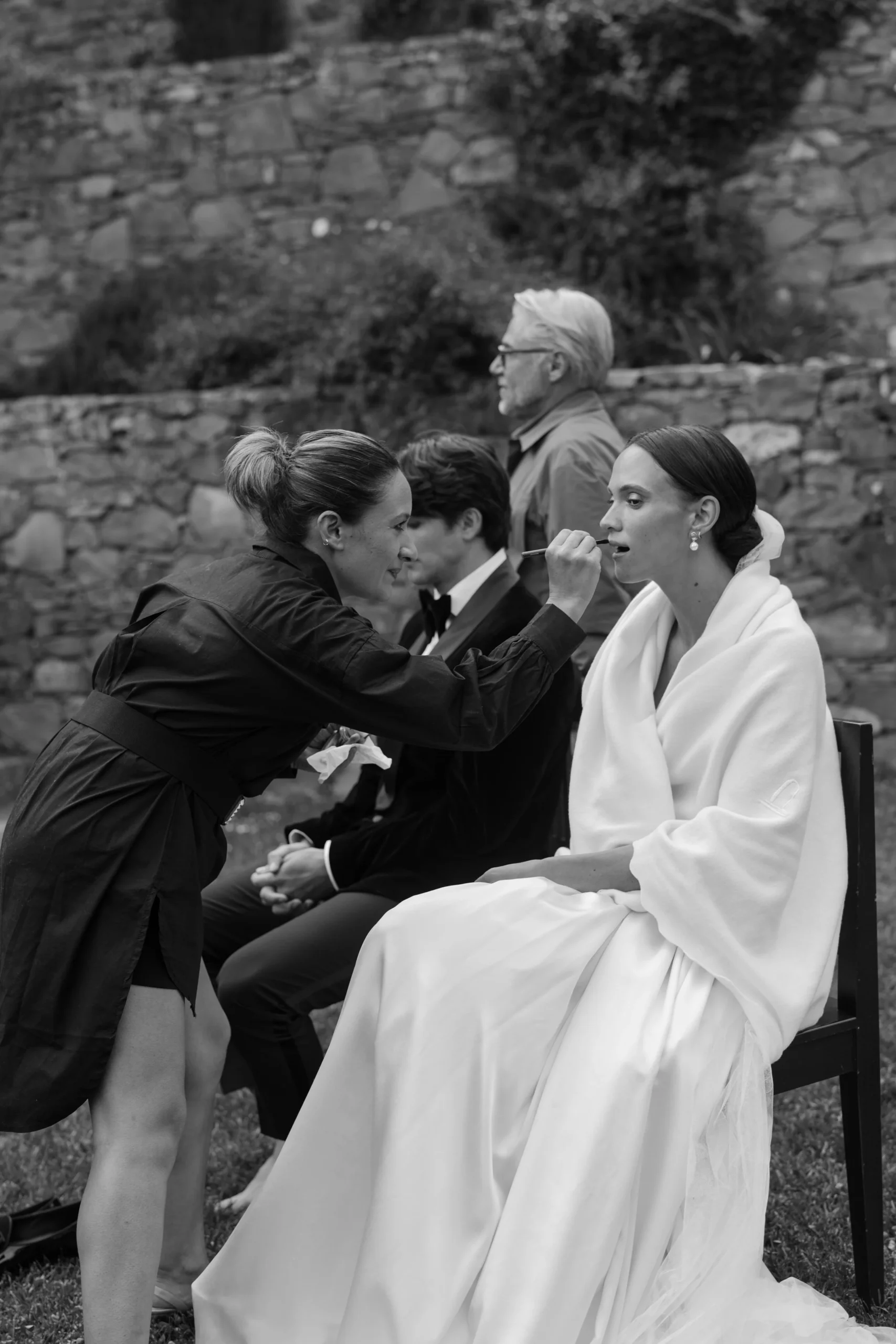
using outdoor space for hair and makeup for the best natural light
-
Visit the Venue: Schedule a visit to your venue at the same time of day as your wedding will take place. This will give you a sense of how natural light interacts with the space. Pay attention to which areas receive the best light and plan your events around these spaces. Ask your venue questions about the best time of day for lighting and temperatures. Usually during the hot summer months, It can be uncomfortable for your guests to sit outside in direct sun at a 4 or 5 :00 pm ceremony.
-
Choose Neutral Spaces for Getting Ready: When selecting a getting-ready space, opt for rooms with large windows and neutral-colored walls. These elements will provide the best lighting conditions for capturing those intimate pre-ceremony moments. Large windows also allow for more creativity for your photographer like getting shots of you getting ready through the window from the outside.
-
Communicate with Your Photographer: Share your venue details and any concerns about lighting and wall colors with your photographer. A seasoned photographer will be able to assess the space and plan accordingly, bringing any necessary equipment such as reflectors or additional lighting to enhance natural light.- Make sure you communicate with your photographer because some photographers really favor natural light and don’t work with fancy equipment.
-
-
Consider Time of Day: The time of day significantly affects the quality of natural light. Early morning and late afternoon (golden hour) offer the softest, most flattering light. If possible, plan key photo moments, such as portraits and group shots, during these times.
-
Lighting Adjustments: In spaces with challenging wall colors, your photographer can use techniques like bouncing light off neutral surfaces or using diffusers to soften harsh light. These adjustments can mitigate the impact of bold wall colors and enhance the overall lighting.
-
Decor and Drapes: If your venue’s walls are not ideal, consider adding neutral-colored drapes or decor elements that can help reflect light and reduce color casts. Light-colored fabrics and decorations can act as additional reflectors, improving the overall lighting quality.
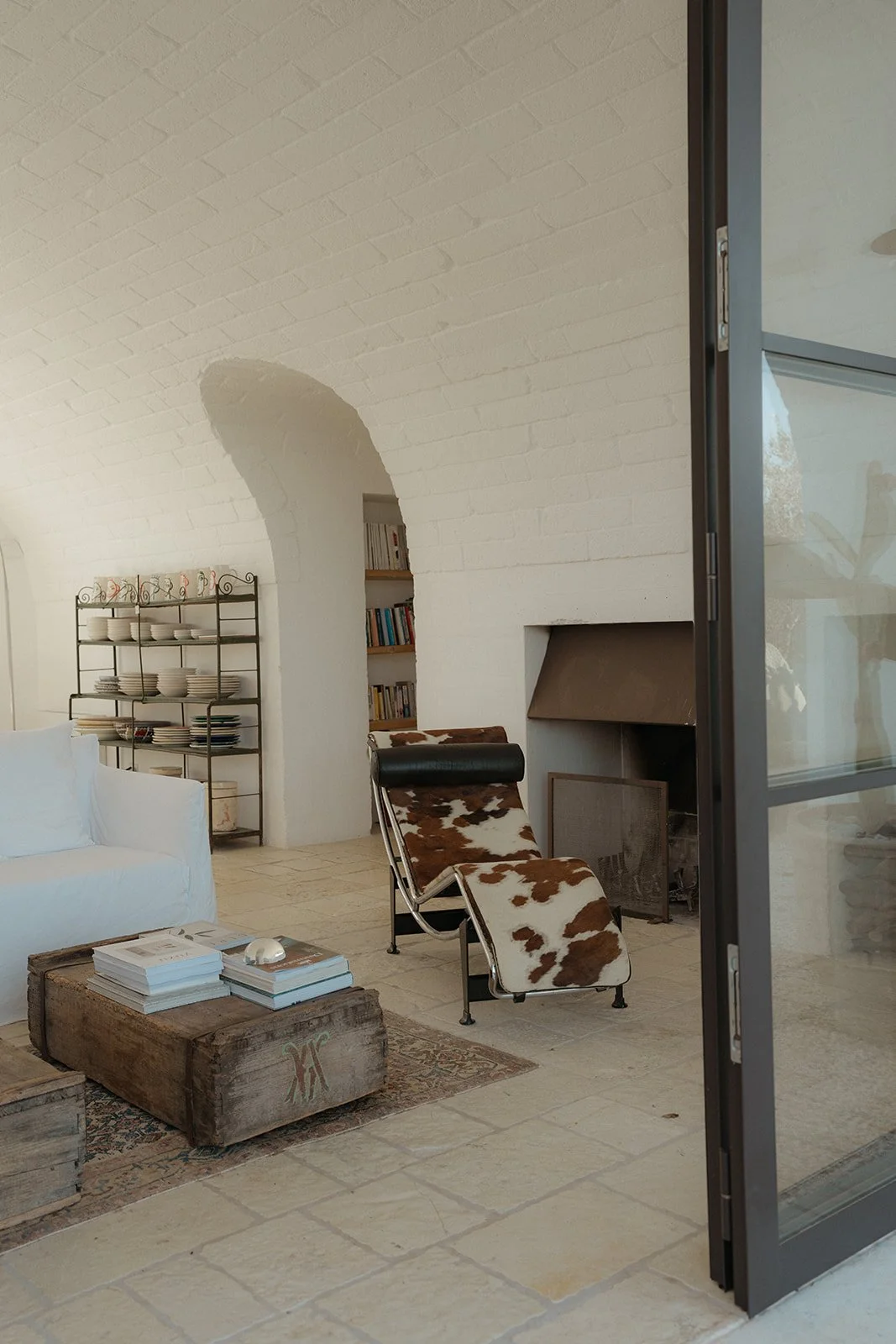
Clean, neutral space at Masseria Moroseta
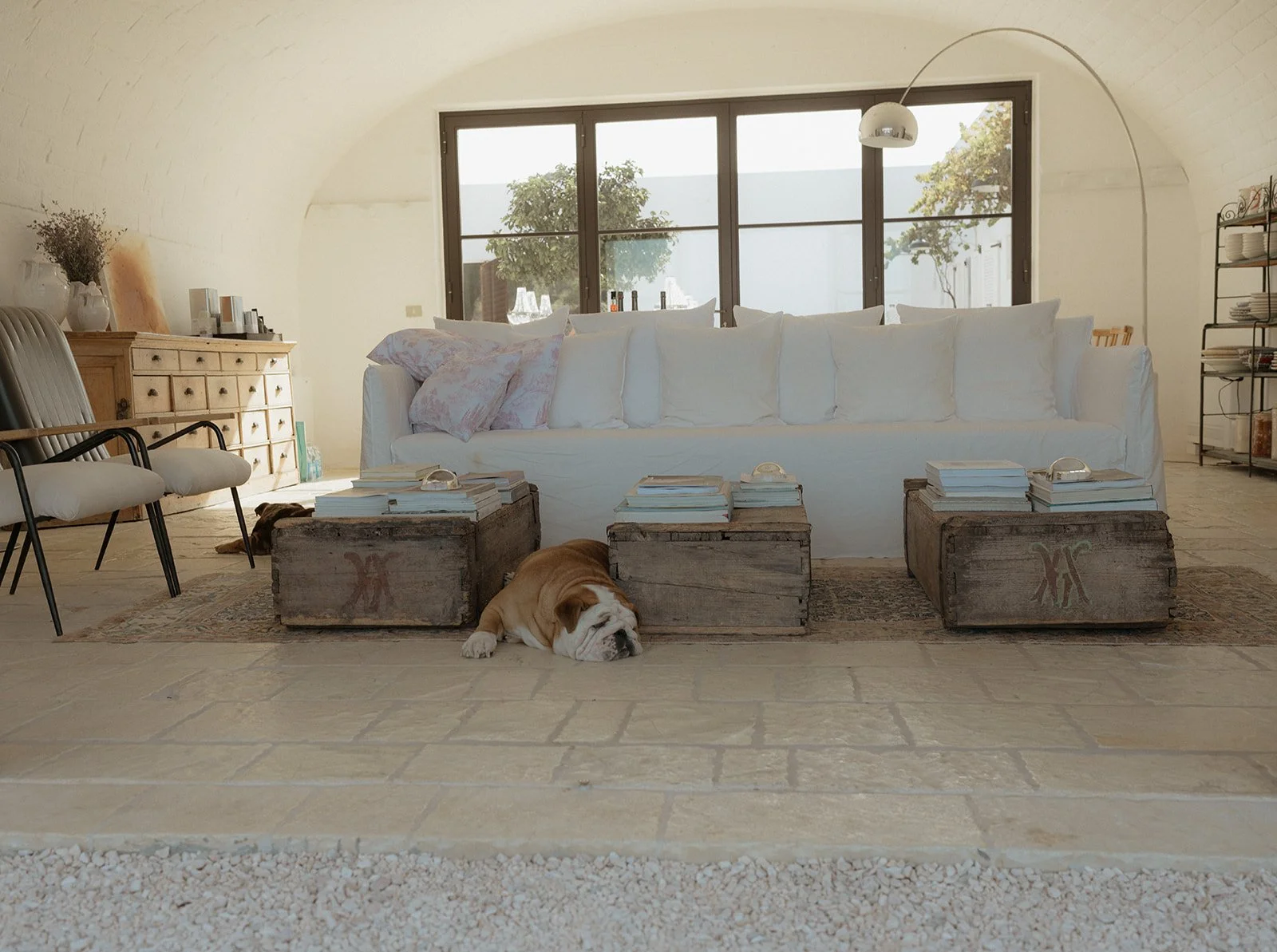
Neutral colors at Masseria Moroseta
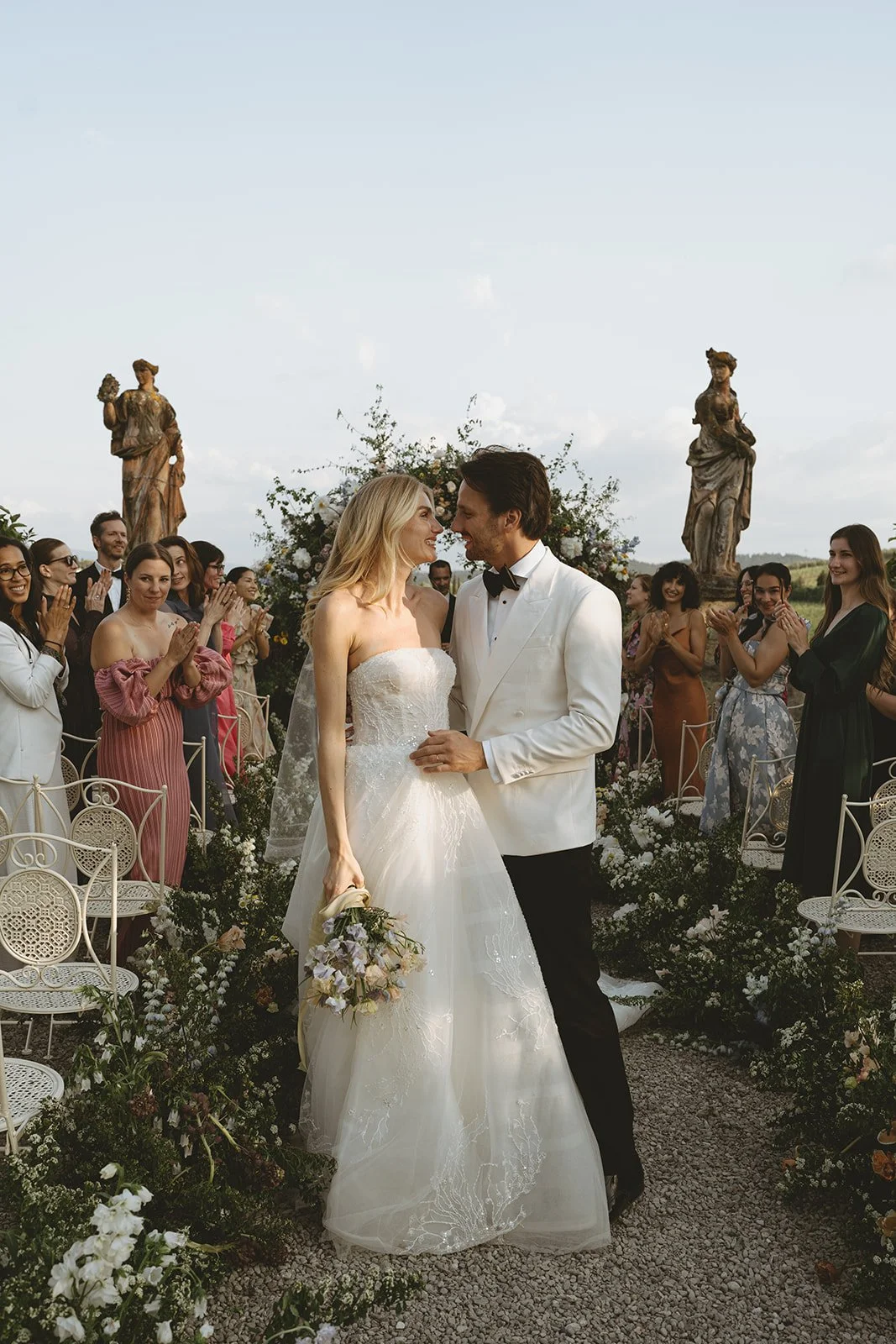
Soft natural lighting at ceremony location Villa Corsini taken in May when temperatures are not too hot
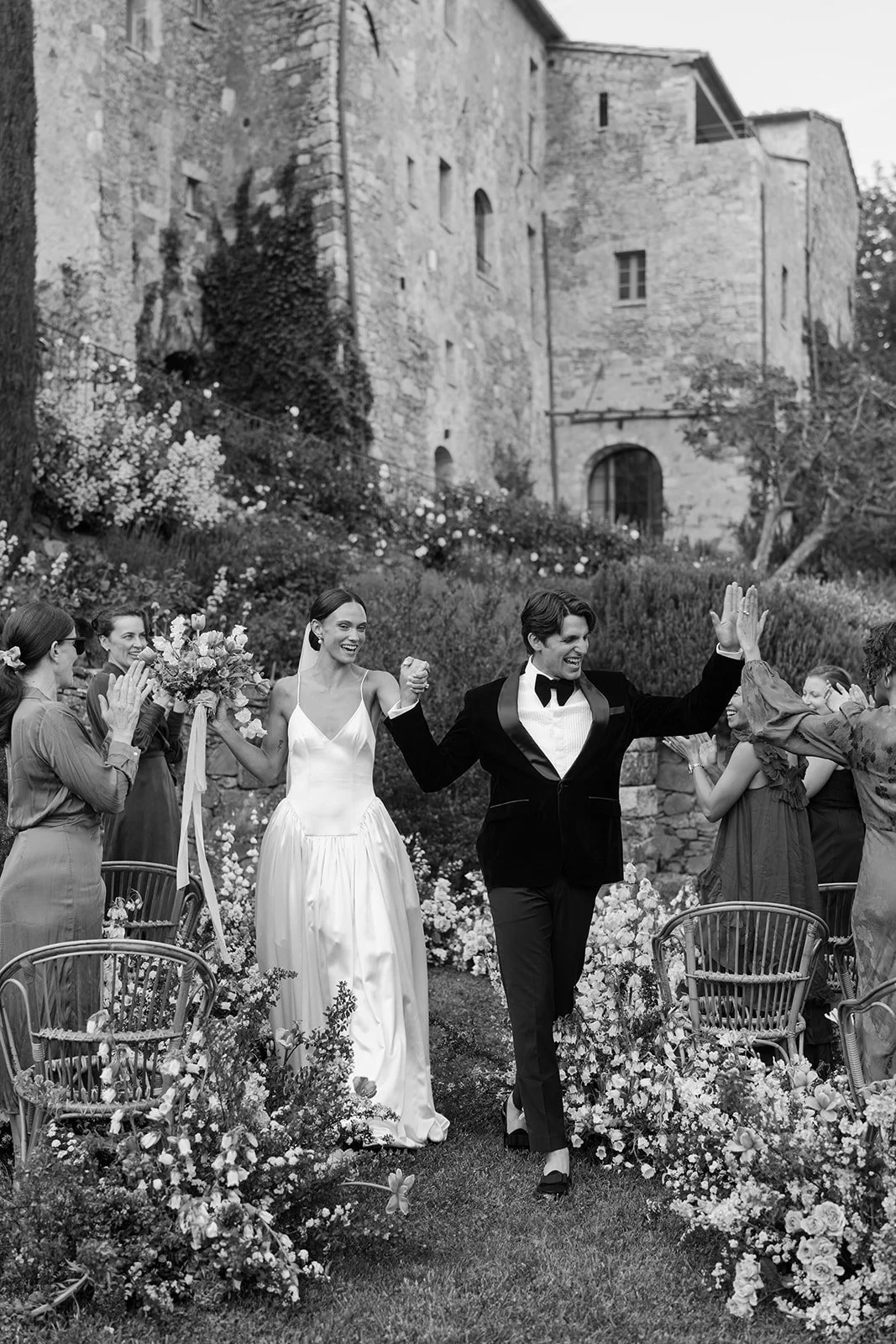
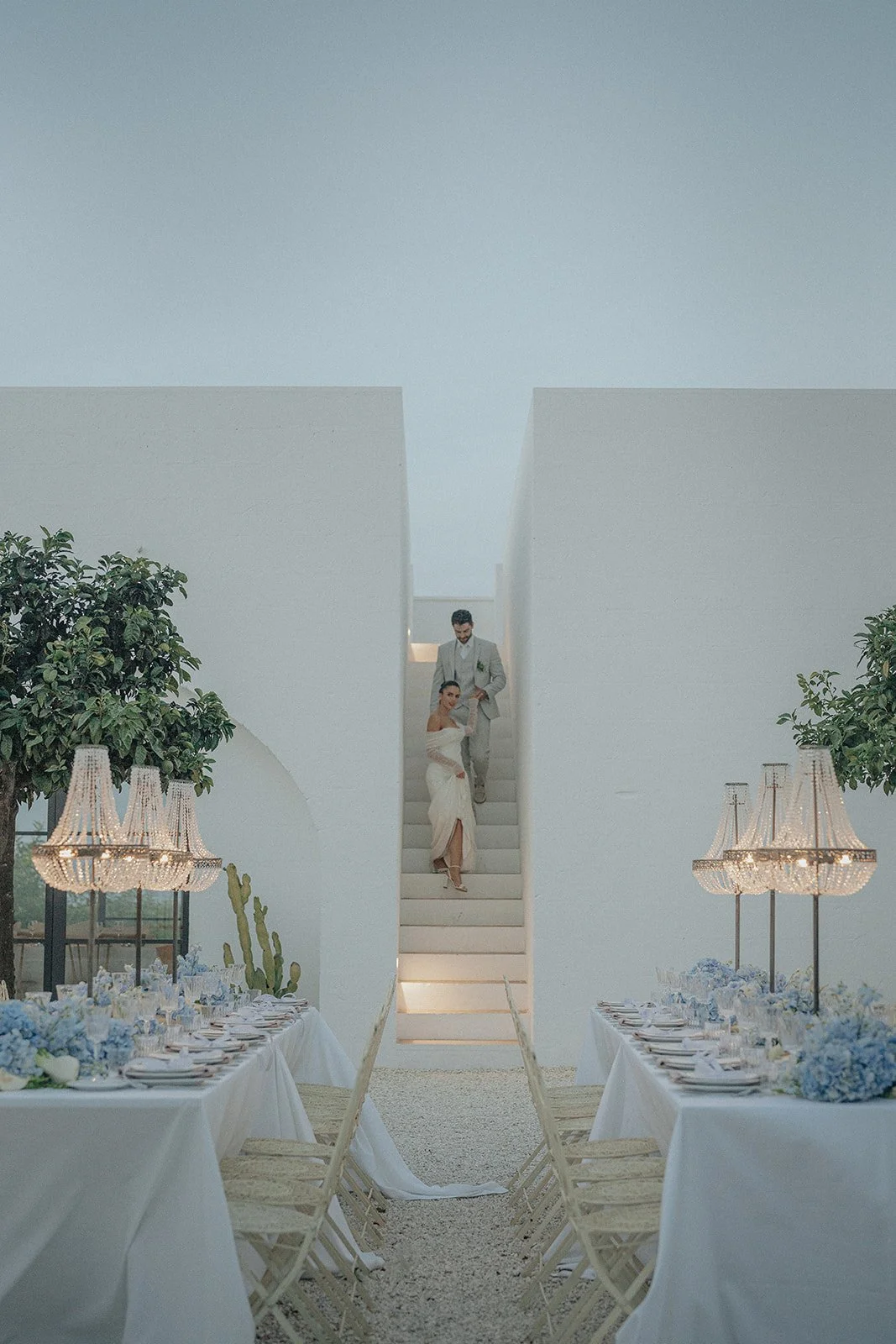
Al fresco dining at Masseria Moroseta during blue hour
Venue Styles with Great Natural Light:
1. Orangeries/Greenhouses
• Feature expansive glass walls and ceilings, allowing ample natural light.
2. Villas
• Often have large windows, high ceilings, lets in plenty of light.
3. Beaches
• Open, unobstructed views and plenty of direct sunlight.
4. Gardens
• Open-air settings with diffused natural light through trees and plants.
5. Vineyards
• Usually located in open, rural areas with lots of natural light and picturesque scenery.
6. Mansions/Historic Homes
• Often have large windows and high ceilings, providing plenty of natural light.
7. Modern/Rooftop Venues
• Typically feature floor-to-ceiling windows and open layouts that maximize light.
8. Tented Outdoor Spaces
• Light fabric tents allow natural light to filter through while offering shade.
Venue Styles Not Ideal for Natural Light:
1. Barns
• Often have limited windows and rely on artificial lighting; can be quite dark inside.
2. Basements/Underground Spaces
• Lack windows and natural light, making them reliant on artificial lighting.
3. Some Industrial Spaces
• May have limited windows or be designed in a way that doesn’t maximize natural light.
4. Traditional Churches
• Depending on the architecture, they may have limited windows or stained glass that reduces direct natural light.
5. Ballrooms in Hotels
• Often windowless or have minimal natural light, relying heavily on artificial lighting.
6. Casinos/Themed Resorts
• Designed to control lighting for ambiance, often lacking natural light.
Conclusion
The importance of natural and wall colors at your wedding venue cannot be overstated. These elements play a crucial role in ensuring your wedding photos are stunning, true to life, and timeless. By choosing venues and spaces with ample natural light and neutral wall colors, you set the stage for beautiful, authentic photographs that capture the essence of your special day.
As a wedding photographer dedicated to capturing candid, storytelling moments, I understand the impact that natural light and wall colors have on your photos. By planning ahead and making thoughtful choices, you can ensure that your wedding day is beautifully documented, creating memories that will last a lifetime.
If you’re in the process of planning your wedding and have questions about your venue’s lighting or other photography-related concerns, don’t hesitate to reach out. I’m here to help you create the perfect visual narrative of your special day.
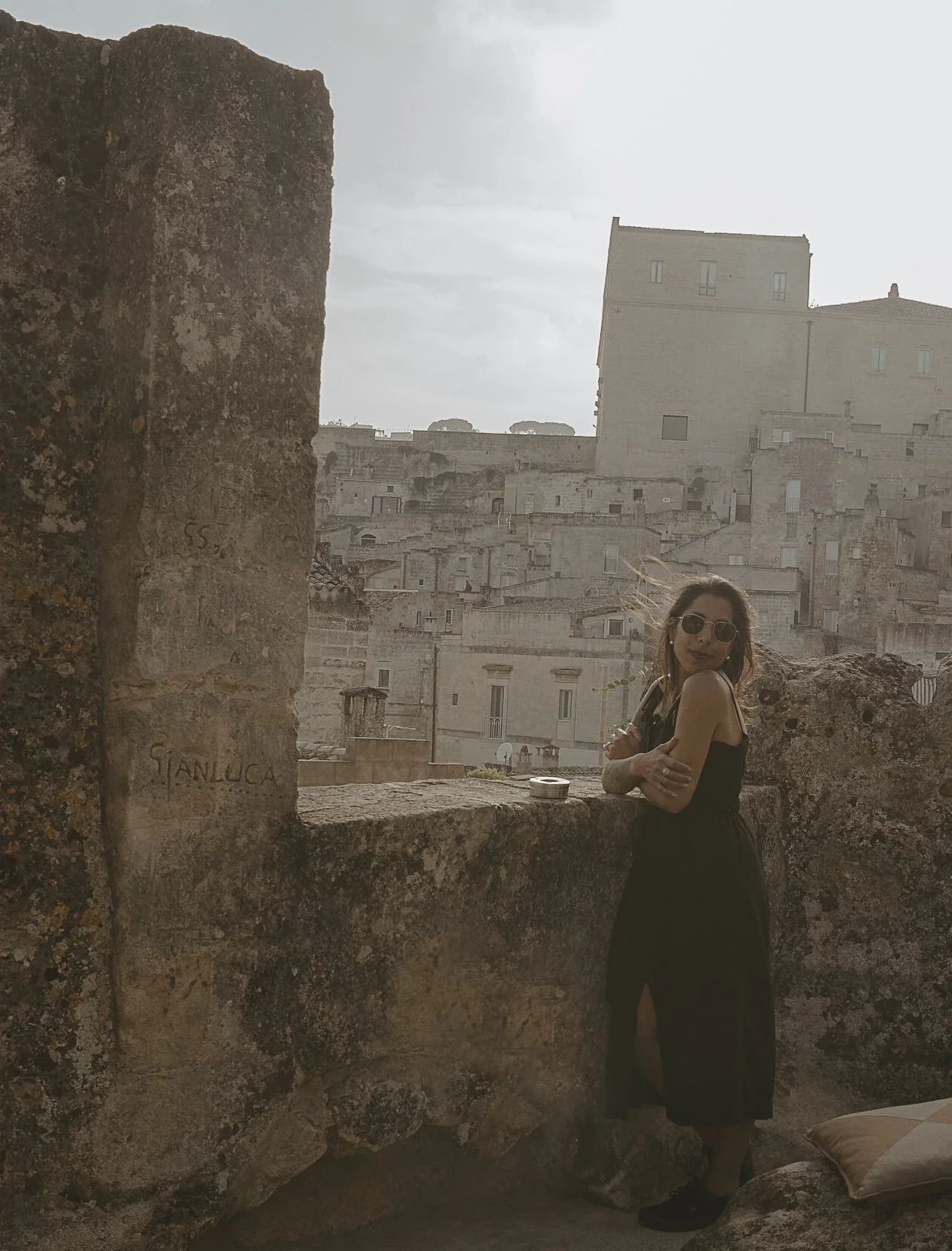
your photographer -Suzy Anderson making use of golden hour lighting